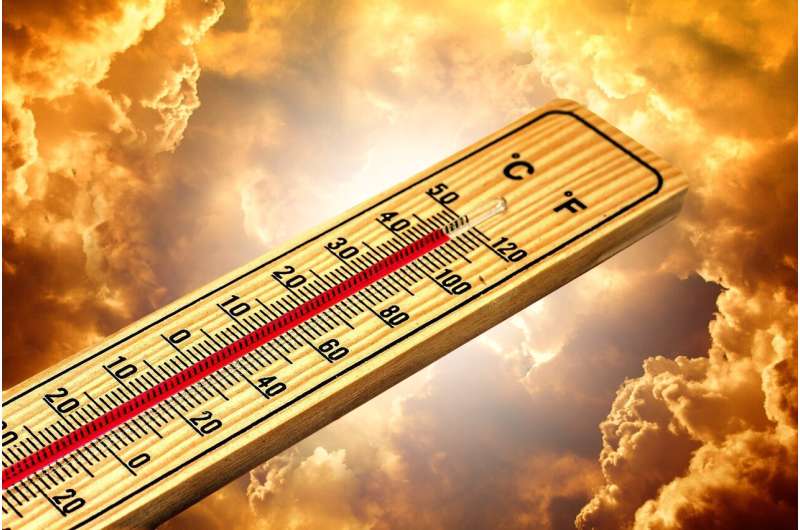Credit: Pixabay/CC0 Public Domain
Karolinska Institutet researchers Ziad El-Khatib and Johan von Schreeb, along with fellow researchers Sanni Yaya (University of Ottawa), Maral Amirkhani and Shidrokh Ghaemimood (The Baháʼí Institute for Higher Education (BIHE)) are the authors behind a paper on the relation between extreme weather events and death based on temperature and CO2-emissions globally that was recently published in Preventive Medicine Reports. The paper covers the time period 1999 to 2018 and looked at number of deaths due to three types of extreme weather-related events (heat wave, cold wave, severe winter conditions) within low-, medium-, and high-income countries.
The results of the study show that the majority of cold wave related deaths occurred in middle-income countries followed by high-income countries. The study further found that more deaths were likely to occur during heat waves than cold waves or severe winter weather, in particularly in high-income countries. And finally, increased CO2 emissions can result in an increase in the number of deaths during severe weather events.
Studies such as these, which look at the relation between extreme weather and health and sometimes even mortality, remain incredibly relevant for the time we live in, as the World Health Organization (WHO) estimates that, between 2030 and 2050, there will be approximately 250,000 additional deaths per year due to climate change. Knowing how, and to what extent, life and health is impacted will be instrumental to cope with an ever-changing world. Or, as one of the authors of the paper, associate professor Ziad el-Khatib puts it: "We, humans, are an integral part of the world. Our inner life changes the world around us and is also deeply affected by the world in turn. Each one affects the other, and this is the cause of every meaningful change."
More information: Maral Amirkhani et al, Extreme weather events and death based on temperature and CO2 emission—A global retrospective study in 77 low-, middle- and high-income countries from 1999 to 2018, Preventive Medicine Reports (2022). DOI: 10.1016/j.pmedr.2022.101846
Provided by Karolinska Institutet
























